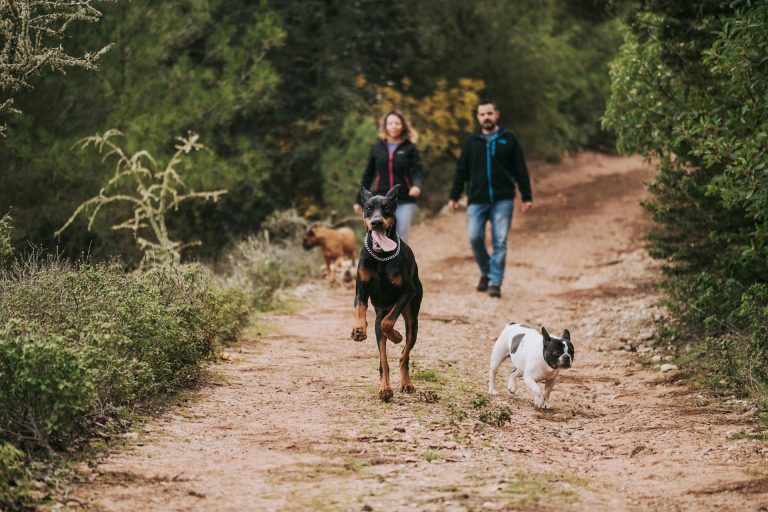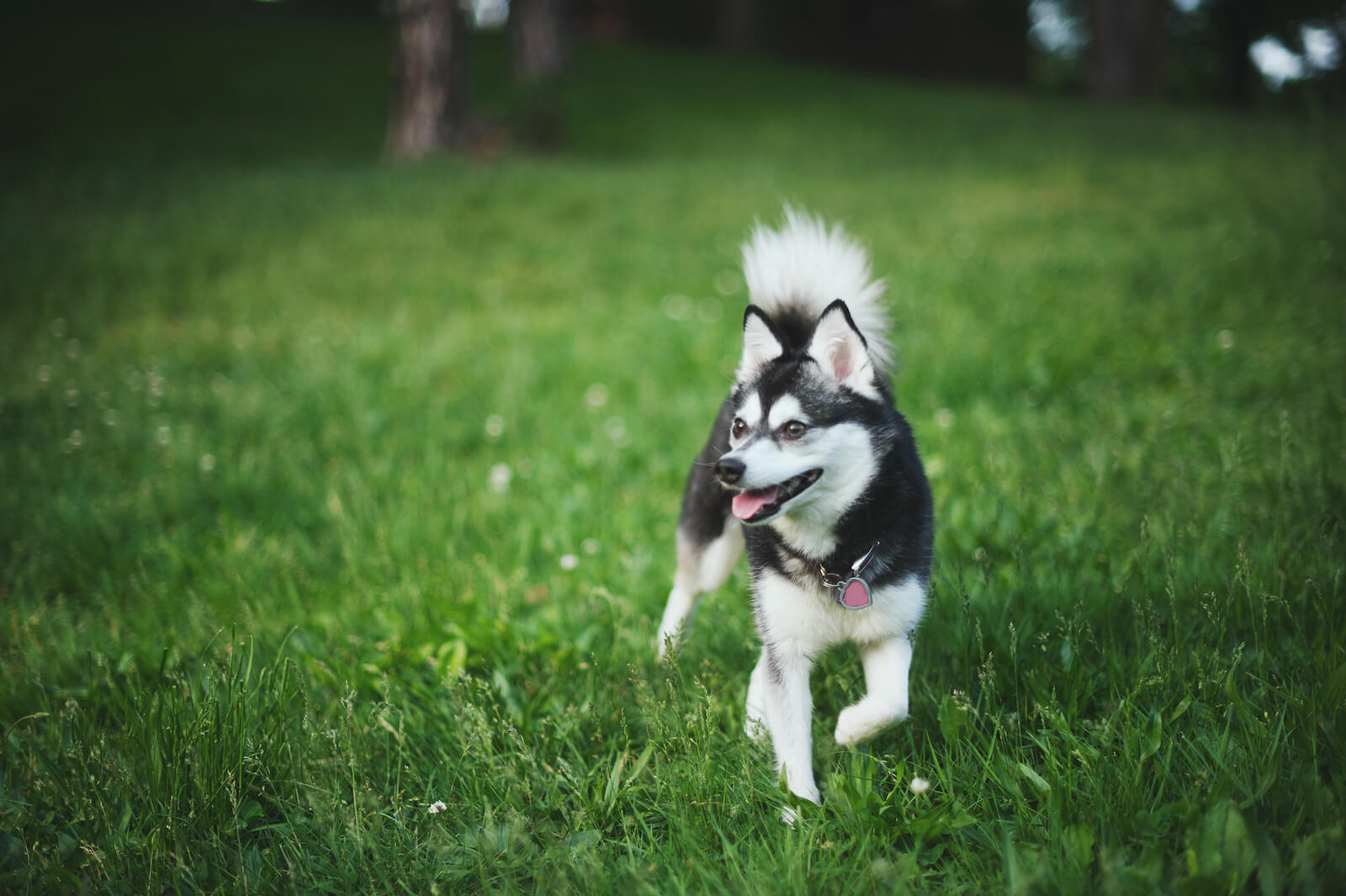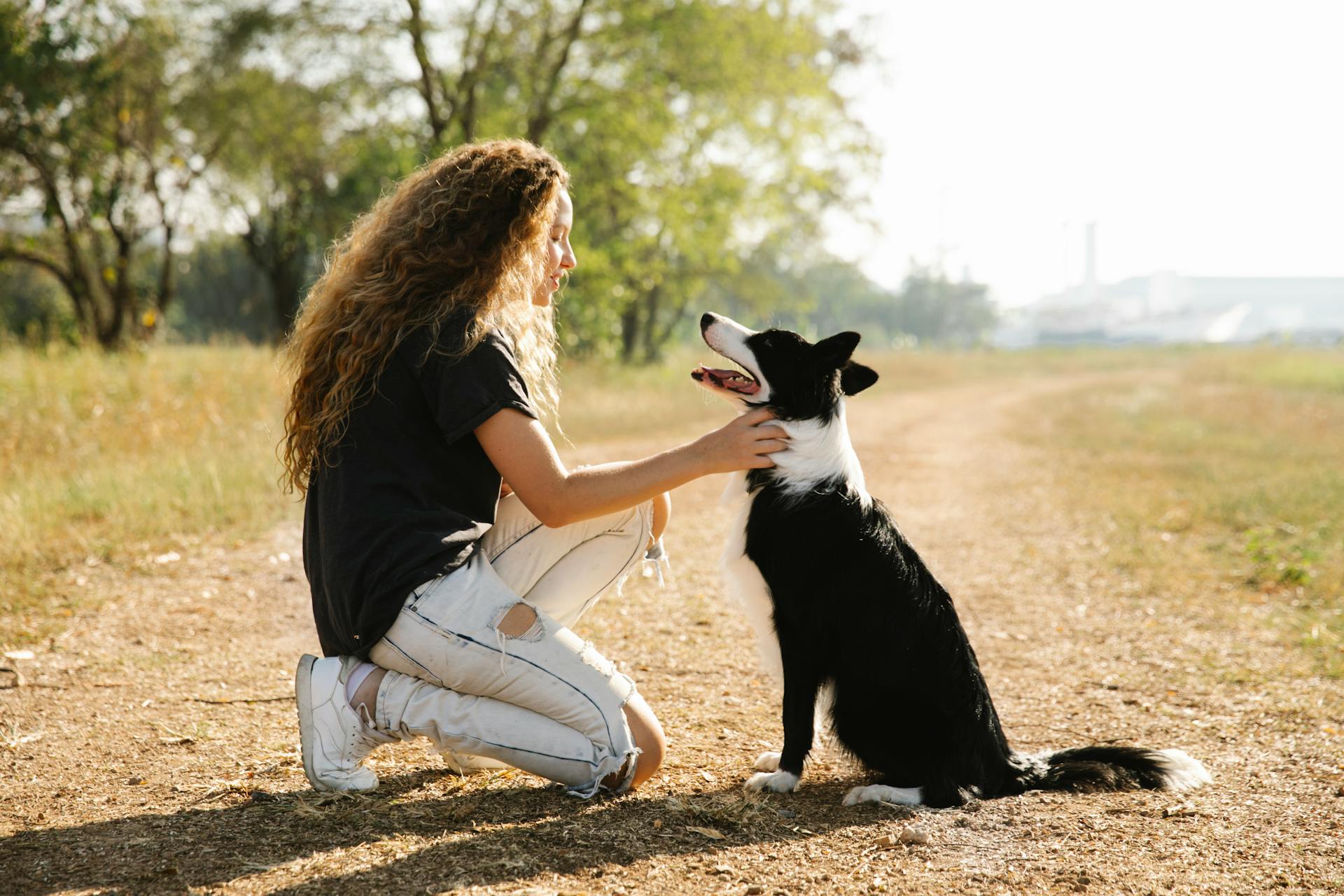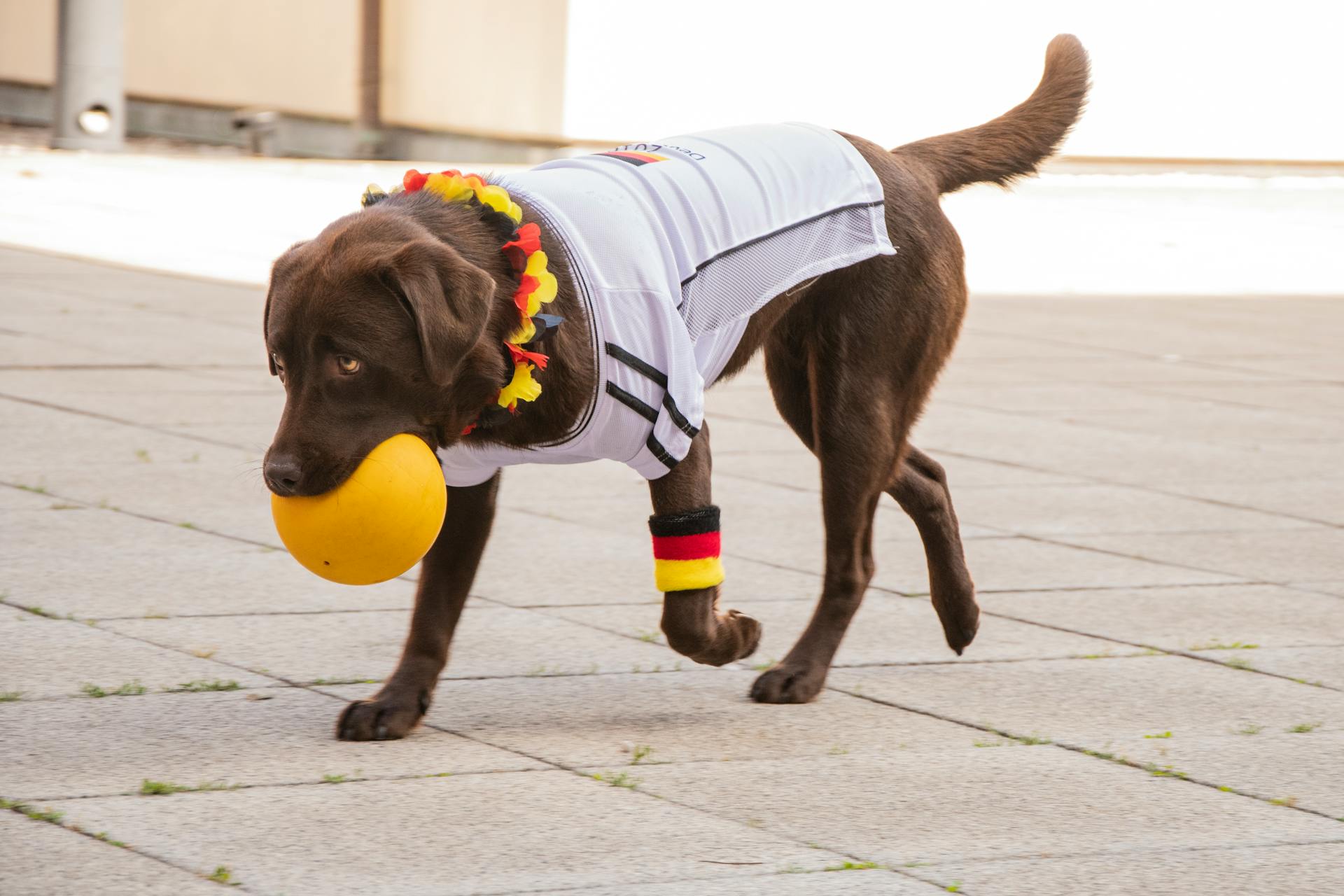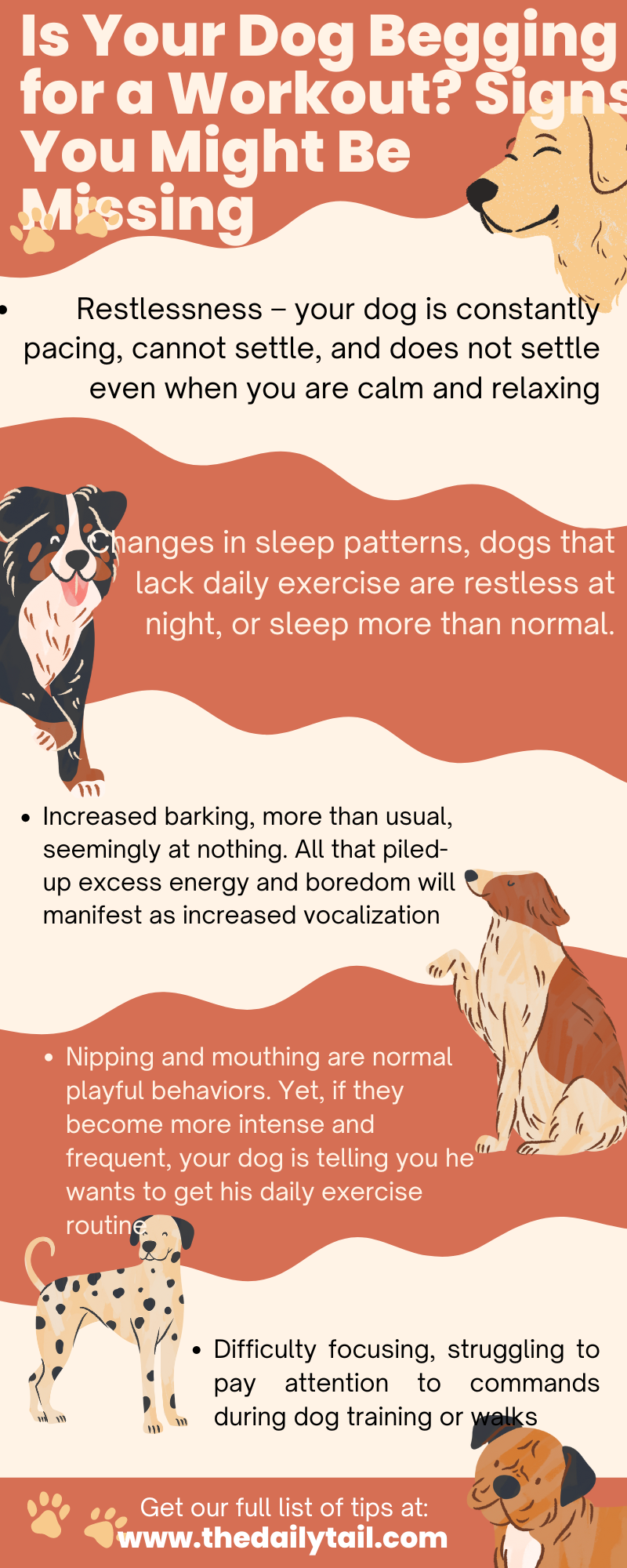Your dog might not speak your language, but he is sure an expert at communicating his needs. Do you know how to read subtle and not-so-subtle signs? Today, we will talk about how your puppy is telling you he needs more exercise.
I have a Jack Russell terrier. He always NEEDS more exercise. Even after we go for a hike, he goes crazy at home. But that is another story.
For example, when Milo wants to play more, he will gaze at me, bring his ball, give his sad puppy eyes, and twinkle. Yet, I know he has had enough exercise. After all, I am taking him for a walk/play session three times per day.
Dogs that do not get enough exercise, will surely tell you. How much exercise does a dog need? Let’s talk about how to recognize the signs.
Signs Your Dog Needs More Exercise
Do you know that about half of the dogs in the United States are overweight? Recent statistics show that 56% of dogs are obese. We consider dogs overweight when they weigh 10 to 30 percent more than the ideal body weight. Let’s divide the signs into three categories: physical, behavioral, and specific breed needs.
Physical Signs of Lack of Exercise
These are the easiest to notice. You do not have to be an expert or dog behaviorist to notice them. But the trick is to know what they mean. Here are some common signs of lack of regular exercise:
- Restlessness – your dog is constantly pacing, cannot settle, and does not settle even when you are calm and relaxing
- Weight gain, a clear sign of lack of physical activity. Dogs that do not get regular exercise, gain weight. It is as simple as that
- Destructive behavior, including chewing on furniture, digging, shredding toys, and more. These are some common behaviors that should alert you. Do not consider them a normal behavior
- Changes in sleep patterns, dogs that lack daily exercise are restless at night, or sleep more than normal. Yes, the irony is that some dogs might sleep more than usual because they lack exercise. Daily activity helps regulate sleep patterns
- Excessive panting shows a lack of activity and mental stimulation. Painting is normal in some cases, especially during hot weather. But excessive panting should be a red flag
Behavioral Signs
The problem with most dog owners is they take the signs as common and normal behavior. They ignore the problem. And that makes matters even worse. Let’s take a look at some behavioral issues:
- Increased barking, more than usual, seemingly at nothing. All that piled-up excess energy and boredom will manifest as increased vocalization
- Jumping up, a sign of over-excitement due to pent-up energy
- Nipping and mouthing are normal playful behaviors. Yet, if they become more intense and frequent, your dog is telling you he wants to get his daily exercise routine
- Hyperactivity after walks happen often. I told you Milo goes berserker after a five-hour hike. But it doesn’t happen after every walk. If you notice it after every walk, you have a problem
- Difficulty focusing, struggling to pay attention to commands during dog training or walks
Specific Breed Needs
You have to take into consideration that some breeds need more exercise than others. For example, working dog breeds like Border Collie, German Shepherd, Australian Cattle Dog, Belgian Malinois, Siberian Husky, Australian Shepherd, Doberman, and others. These high-energy breeds can work all day long.
Another aspect is age and health considerations. Your senior dog will need less exercise than your young puppy. Yet, even a senior dog will enjoy mental stimulation. Their brain needs activity!
Why Does Your Dog Need Exercise?
We talked about the signs of lack of exercise. Why do you need to put extra effort and time into providing activities for your puppy? We can talk about the physical health and mental health benefits all day long. Yet, at the end of the day, I say it is all about forging and strengthening the bond between your dog and you, his dog owner.
Still, let’s take a quick look at the benefits.
Obvious Physical Health Benefits
- Weight management
- Stronger muscles and bones
- Improved cardiovascular health
Mental Health, often Overlook Benefits
- Reduced anxiety and stress
- Improved sleep patterns
- Improved mood
- More eager to please and train
- Reduced bad behaviors like barking, chewing, and digging
How much exercise does your dog need?
A tired dog is a happy dog. How exactly can you get to that point? How much exercise does a dog need? As I said before, working dogs like a Border Collie need more exercise than an apartment dog like Shih Tzu.
There are plenty of factors you need to consider, like age, dog breed, activity level, diet, and more. There are general guidelines for all breeds.
But sometimes, you can also try an online dog exercise calculator.
How to Add Exercise Beyond the Walk?
When I talk about daily exercise, most people think of a daily walk. But that will not cut it for some breeds. Can you think of any other activities that can help your dog get activity? I always say that combining dog training and regular exercise is the way to go.
This way, your dog gets mental exercise and body activity. Here are some options:
- Try playing fetch with balls or add toys like a flirt pole in your daily walk
- Go swimming or hiking
- Try some dog agility or dog parkour
- If the weather doesn’t allow it, play with puzzle toys at home
- Include a short, yet fun training session during your walk
Ready for a Happier Pup?
Do not let your dog’s tail wag in vain. No matter if you have an adult dog or a puppy, provide for him. And that includes regular exercise and activity. Your dog’s energy is waiting to be unleashed. Once you start playing with your pup, you will discover the joy of playtime.
Don’t let your dog beg for a workout buddy. Instead, empower your pet to live his best life!

